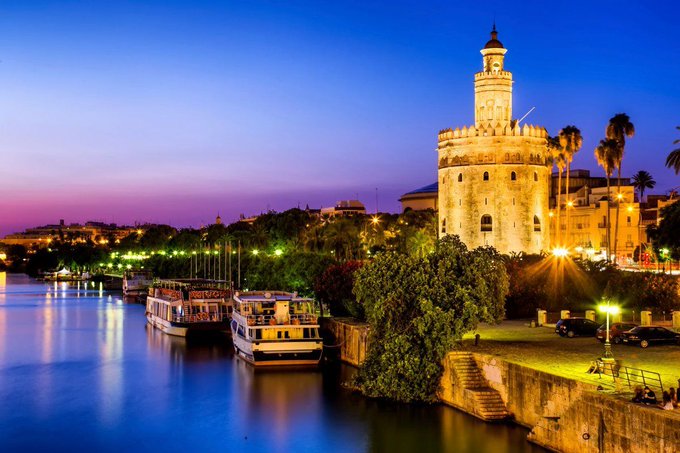
Madrid: Spain has been named the best country to visit in terms of preparedness for welcoming tourists, according to a new report released by the World Economic Forum. The Travel and Tourism Competitiveness Report lists the best and worst countries in the world on the basis of how ready they are in terms of welcoming tourists. Spain topped the list, with a score of 5.4 on seven, on the basis of the 14 indicators listed by the WEF to mark countries in this report. France, Germany, Japan and the US rounded off the top five, with the UK, Australia, Italy, Canada and Switzerland occupying the other spots in the top 10. At the other end of the table, Yemen (ranked 140), was considered the worst country in the world to travel to, followed by Chad, Liberia, Burundi, and the Democratic Republic of the Congo. Rounding off the bottom 10 were Mauritania, Angola, Haiti, Burkina Faso and Sierra Leone. Commenting on why Spain was at the top of the list, the report said, “Spain remains the most travel and tourism competitive country in the world thanks to rich natural (9th) and cultural (3rd) resources and impressive tourist service infrastructure (3rd). On the other hand, Spain also has the slowest rate of Travel and Tourism Competitive Index growth in Southern Europe since all the aforementioned strengths actually deteriorated between 2017 and 2019.” In this context, Anil Menon, MD and head of the Centre for Global Industries at the WEF, and Christoph Wolff, head of mobility and a member of the Executive Committee at WEF, added, “It is within this context of enormous growth potential, and increasing pressure on tourism infrastructure and services, that travel & tourism competitiveness can be seen simultaneously as a powerful economic growth driver, or a risk to ongoing development of the industry if not managed correctly. He added: “growth in travel and tourism competitiveness has traditionally offered tremendous returns, from increases to GDP and labour absorption, to local economic development for more remote communities. However, competitiveness for competitiveness sake may become a burgeoning constraint on the sector as a whole.” There are a total of 14 indicators to gauge this, and these were further subdivided into four categories. The first was the enabling environment index, which looked at the general conditions necessary for tourism to function in a country. These included five factors, namely business environment, safety and security, health and hygiene, human resources and the labour market and ICT readiness. In addition, the travel and tourism policy and enabling conditions sub index looked at those national policies that impacted the travel and tourism industry, and these included six factors, namely the prioritisation of travel and tourism, international openness, price competitiveness, and environmental sustainability. The infrastructure sub index looked at the presence and quality of physical infrastructure, and included air transport infrastructure, ground and port infrastructure and tourist services. Lastly, the natural and cultural resources sub index looked at why people travelled to the countries mentioned in the report. These were further subdivided into natural resources and cultural resources. Adding to this, Anna Bruce-Lockhart, editor at WEF, said, “In the case of Spain, which has claimed the top spot in the index since 2015, its popularity is bolstered by a world-class ranking in natural and cultural resources – from its vibrant cities to sunny beaches, and a diverse cultural programme that spans medieval festivals to contemporary art. Infrastructure is another important measure of a country’s travel competitiveness, and on this criteria Spain rates highly, having spent millions of euros in the past decade on updating roads, railways and airports.”